Are you looking for a contractor?
Submit our quick form and get quotes now!
Table of Contents
8 min read
Essential Guide to Preserving the Air Space in Concrete Masonry Walls
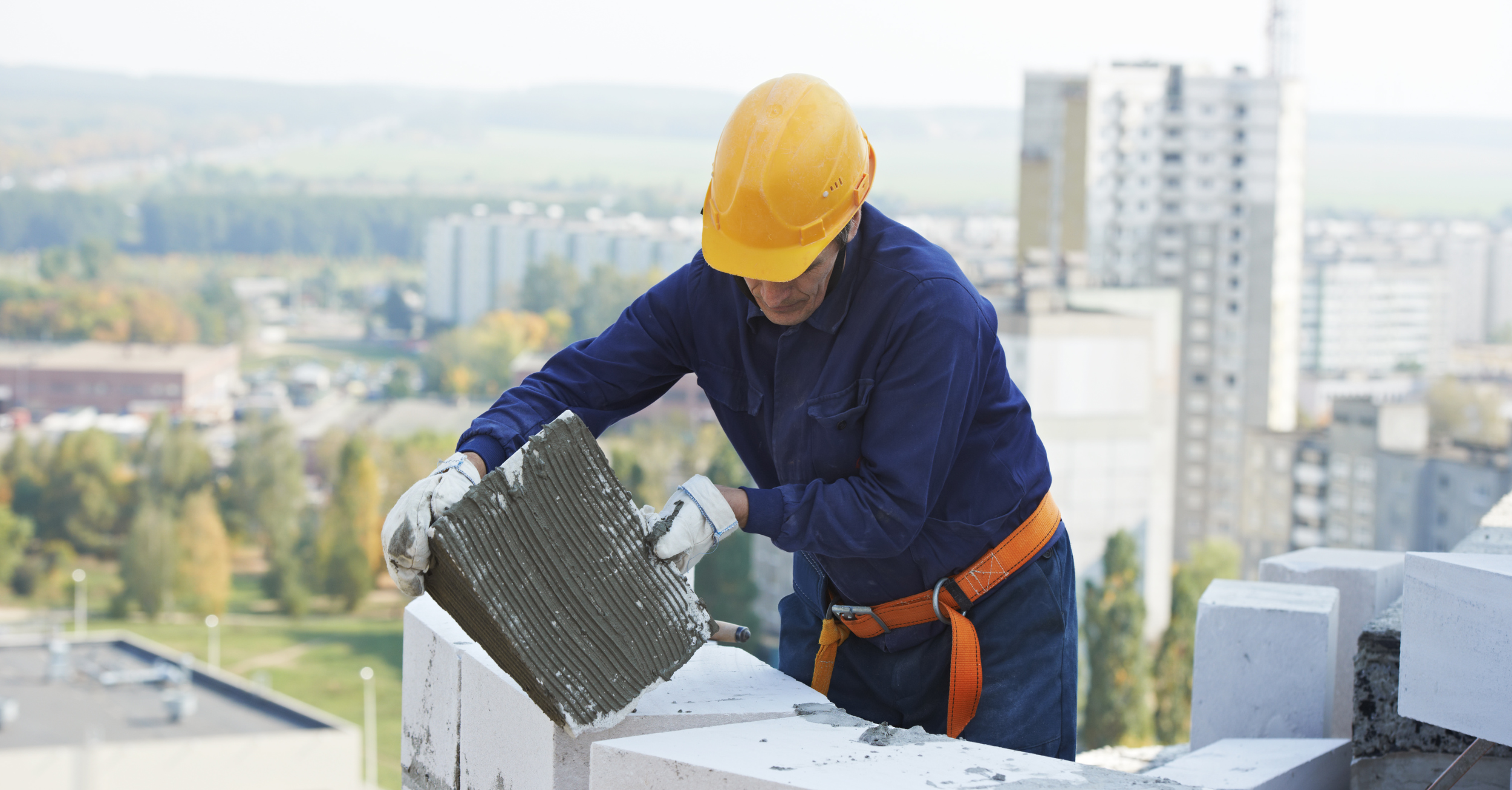

8 min read
Essential Guide to Preserving the Air Space in Concrete Masonry Walls
Exterior renovationsEssential Guide to Preserving the Air Space in Concrete Masonry Walls
Air spaces or cavities aren’t limited to double-glazing, they’re also found between the walls of your home. More specifically, air spaces are found between the walls that make up the structural envelope of your home.
If you notice that your walls are warping or spot mould growth, it might be time to call in a professional to assess the structural integrity of your brick walls, including the state of the air space.
Why have an air space in a cavity wall?
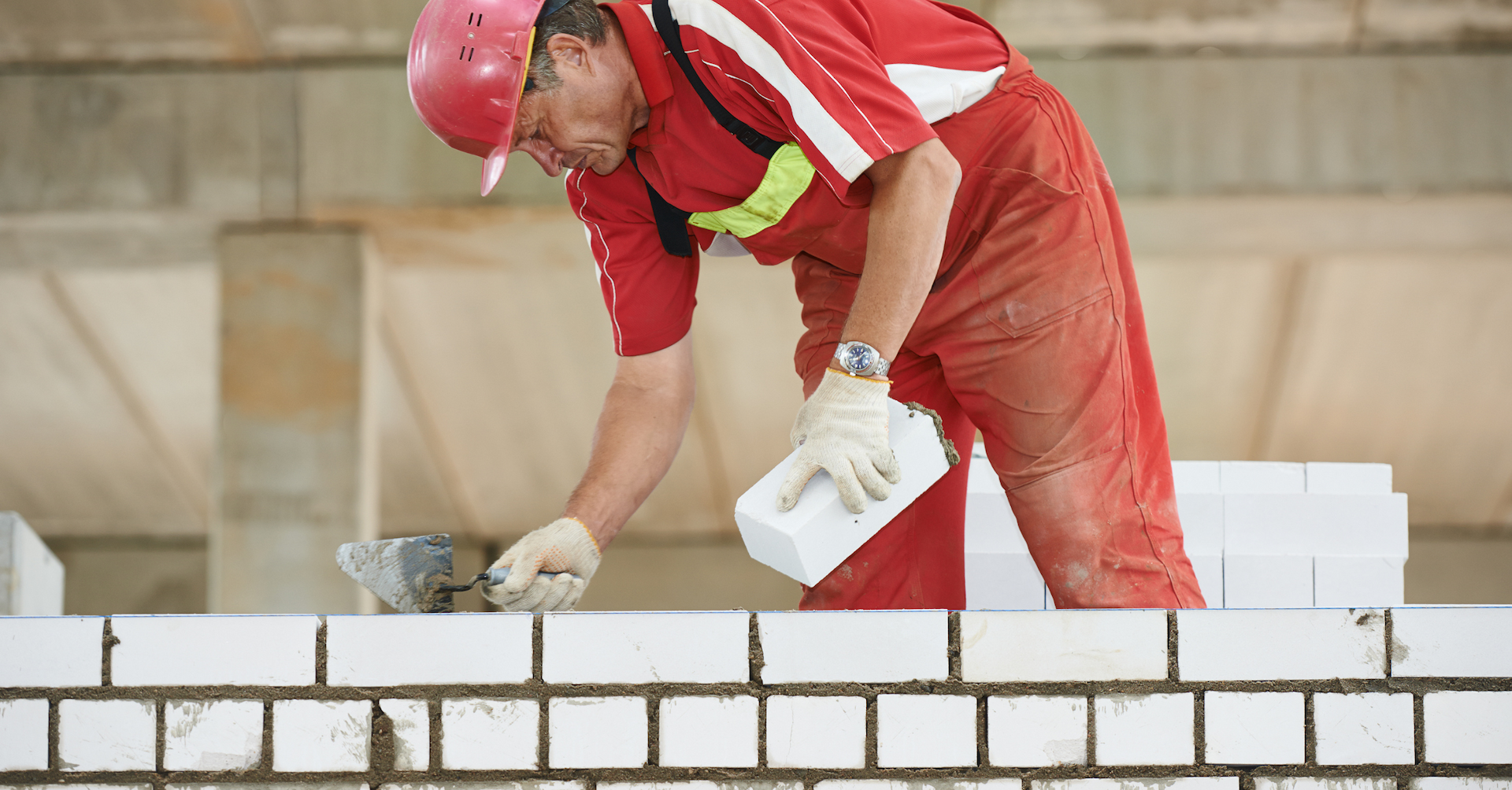
Source: Canva
An air space limits changes in humidity between the inward- and outward-facing cladding. Having an air cavity thereby restricts dimensional changes in materials, such as wood, based on ambient humidity levels.
Furthermore, the air space plays an important part in terms of thermal insulation. As such, pairing standard thermal insulators (expanded polystyrene, polyurethane foam, glass wool, etc.) with an air space reduces the dwelling’s overall energy consumption.
What is an air space?
An air space is also known as an air cavity or gap. To further detail its purpose, let’s say that water found on the outside of a wall is likely to seep into the material, either via capillaries or pressure differences. The air cavity formed by the air space will force water to drain downward, maintaining it on the exterior side of the cavity. The water will drain from the building envelope via masonry elements known as weep holes.
In theory, a perfect wall would be a wall capable of balancing pressures at all times. In practice, this balance is impossible. Therefore, a wall is built to manage rainwater infiltration without degrading, at least to a certain extent.
As such, for walls to adequately measure pressure differentials, the latter shouldn’t exceed 25 Pa.
The Benefits of Having an Air Space
A cavity wall’s air space ensures the following:
Capillary break
Drainage channel
Ventilation gap (eliminates humidity without hindering heat)
A way to manage wall construction tolerances
Air gap
The Purpose of the Air Space to Prevent Moisture Problems
The air space ensures that moisture accumulated from the building’s internal condensation is properly evacuated. However, things are a little more complex than they might seem.
It’s important to note that air pressure changes can lead to more than just structural problems, they can result in moisture issues. Individual voids in the structure (roof cavity, window perimeter, exterior walls) will be subject to humidity intrusion and condensation, which leads to:
Efflorescence (masonry)
Moulding (wood)
Crumbling (brick and stone)
Greater energy consumption
These empty spaces found in the building’s envelope are thus subjected to the following 5 occurrences:
Pressurization (ventilation system)
Barometric pressure
Wind cycle
Thermal cycle
Stack effect
Thus, the air space is a contributing factor in effectively controlling the humidity in each cavity.
Contributes to Thermal Insulation and Wall Ventilation
We already mentioned it—a solid balance between the insulation materials’ thickness (glass wool, polyurethane, etc.) and the air space can lower a dwelling’s energy use by 65% to 77%. The air space isn’t solely responsible for that, but it’s a major contributing factor.
What is the recommended size of an air space?
It all depends on the climate. In Canada, the recommended size is at least ⅜ inch, while in the US, it’s ¼ inch. The current practice secures the air space at 1.96 inches, compared to the former requirement of 1 inch.
However, houses with an air space ranging from 0.23 inches up to 2.52 inches aren’t uncommon, especially where the framework reveals dimensional tolerance problems.
From a legal standpoint, the Quebec Building Code considers that there’s a “capillary break” as soon as the air space is less than 0.40 inches wide, over the wall’s entire length and width.
Nonetheless, the width of the air space acting as thermal insulation isn’t as important as it may seem, let us explain.
As mentioned, air has a very low thermal conductivity. As such, studies done regarding an air space’s heat transmission throughout a cavity wall have determined that the width of the air space solely plays a minor role in heat transmission. Naturally, the wider the air space, the more the airflow within this gap increases, thereby heightening the occurrence of convection.
With widths between 1 and 1.96 inches, the effect of convection remains stable, whereas, with a width of 3.93 inches, the convection flow is multiplied by 20. Nevertheless, such discrepancies only account for 2 W/m²K on cold surfaces and 0.5 W/m²K, at most, on warm surfaces. All things considered, it’s quite insignificant.
To elaborate even further, these slight differences in air space widths will solely be revealed when the temperature discrepancy is higher than 15°C. Anything below that, the difference is nearly nonexistent.
The purpose of the air space may be more significant when exposed to different climates. Therefore, every contractor will, based on where they’re building, adhere to country-specific recommendations and rules. This is all the more important since a too-wide air space can lead to other structural problems:
Masonry ties aren’t as resilient
It increases the likelihood that the ties will warp
Mortar joints will deteriorate (insufficient cover depth)
Factors Compromising the Air Space
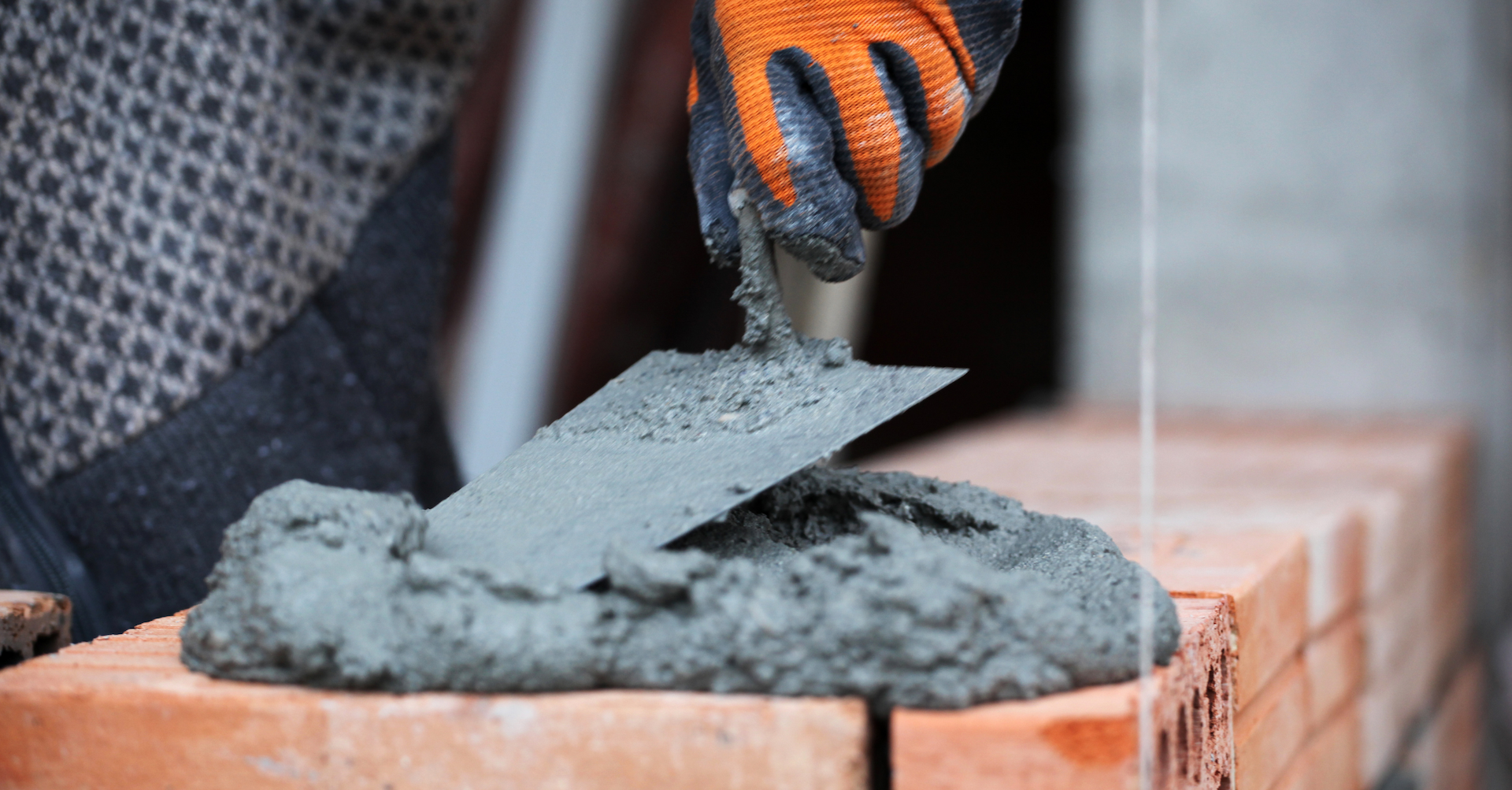
Source: Canva
The Canadian Construction Materials Centre (CCMC) is the governing body tasked with establishing the air permeability rate of a wall. For example, the highest air permeability rate of a low-rise building façade is 0.20 L/s•m² when the pressure difference is 75 Pa.
This suggests that the formerly mentioned air permeability could be worse. The lack of permeability is consistently traced back to one of the following pressure-balancing elements:
Ineffective airtight system
Compromised air space
Defective rain screen
How Structural Problems Affect the Air Space
When wind pressure increases, an air space with a significant width will inevitably have an increased airflow via the weeps and vents located in the cladding.
On the other hand, when the air space is too narrow, it’s ultimately useless. In fact, water will seep through the wall via the capillary, or via pressure, crossing the air space and reaching the back wall.
This can also be facilitated by the following:
Mortar bridges (found at joint level)
Mortar droppings (level with the ties)
Defective airtight system (leaks)
Lack of vertical deflectors (horizontal air leak)
How Environmental Conditions Impact Air Spaces
Air pressure and ambient humidity levels have a direct impact on air spaces. We have already highlighted these factors in our paragraph dedicated to the size of air spaces. Note that in cold climates, a builder’s biggest hurdle is controlling air leaks. The latter is exacerbated by the following:
Wind pressure or lack of wind
Mechanical pressurization
Stack effect
Based on Canadian latitudes and our country-specific building processes, the width of a masonry wall’s air space will not only have little impact on thermal insulation, but if the gap is too wide, it will hinder the ties as well as mortar joint extraction.
Therefore, in the event of a building error regarding one of the three pressure balancing participating factors (airtight system, air space, rain screen), one of the side effects seen in the air space may be the growth of mould on the walls it’s meant to protect.
Protective and Preservation Measures
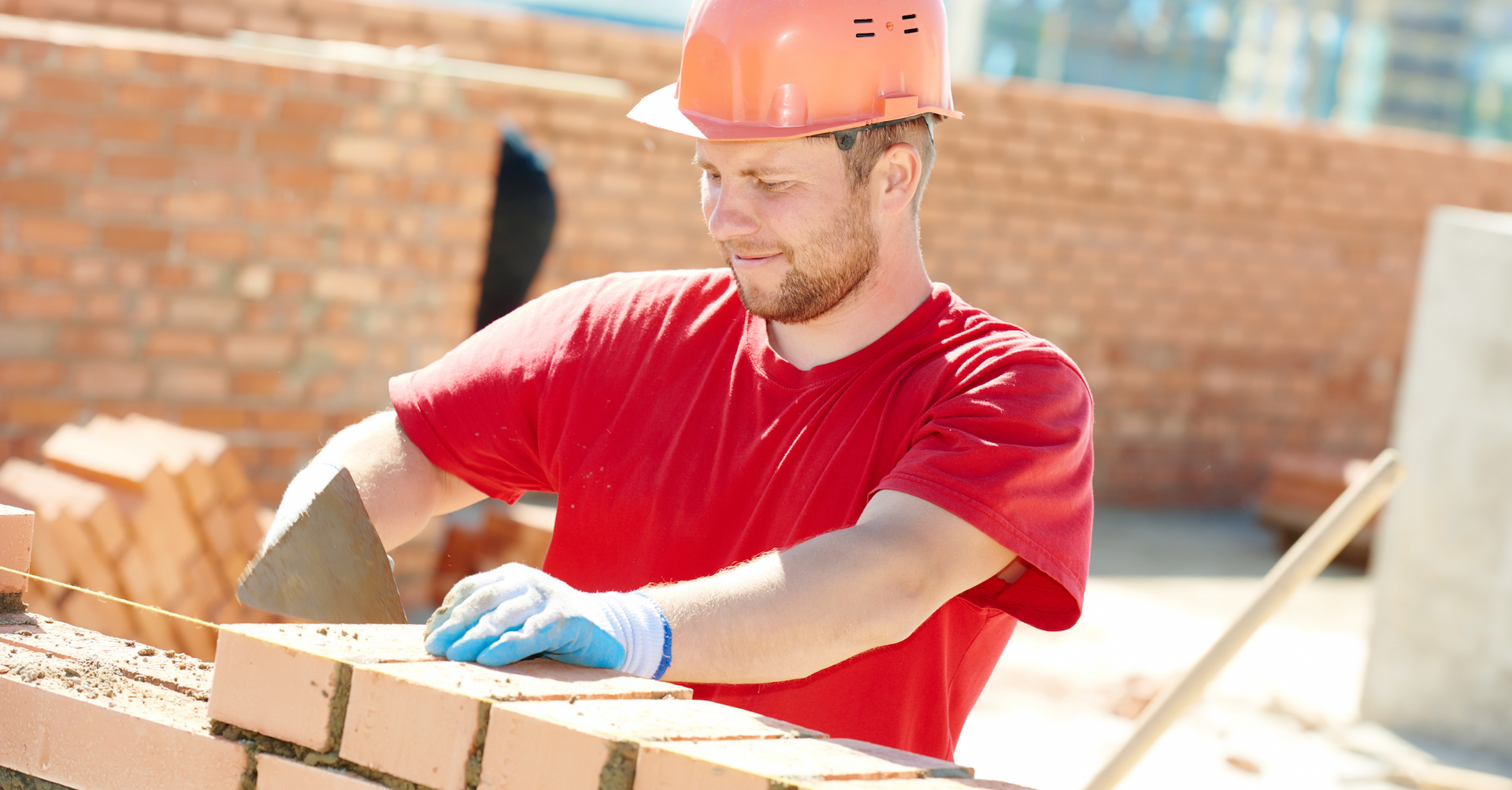
Source: Canva
Choosing Materials that Will Reinforce the Air Space
Some builders choose to reinforce the air space by inserting a material of some sort. They might choose to add a geosynthetic plastic with cells to ensure optimal pressure balance.
However, when it comes to this material, it’s been found that it doesn’t improve pressure balance compared to an empty air space. What really matters is the air space’s overall ventilation.
How to Ventilate the Air Space
To control pressure equalizations, and reinforce the air space, you must:
Increase the number of openings
Compartmentalize the air space
Improve ventilation size and positioning
Render the back wall airtight
These measures, which include cladding, an air space, and an airtight system, combined make what is known as a rain screen. The latter, or its variants, have been used in the construction industry since the 1970s.
Structural Design Methods Used to Preserve the Air Space
The air space is part of a structural whole aimed at safeguarding masonry walls against moisture. Should any of these elements break down, it would affect the entire structure as a whole and, therefore the air space too.
To preserve the air space, the cavity has to maintain the recommended width, most notably to ensure mortar droppings aren’t creating bridges from which water can flow. Implementing moisture-draining holes, as well as rooftop flashings, are contributing factors when it comes to preserving the air space.
Maintenance & Repairs
Early Problem Detection: The Importance of Inspections
Inspections are done via access points. Access points are, for all intents and purposes, grooves made in the drywall, allowing you to visually assess the inside of a wall. These access points must be:
Vertical
Made along the columns' longitudinal axis
Made at intervals equalling two columns’ worth of spacing
Extend floor-to-ceiling
These access points, made from inside the building, can also cross over the insulation, whether it's glass wool or whichever other thermal insulation. Access points allow for visual access to wall cavities, allowing for assessing the potential presence of:
Mortar bridges
The state, size, and spacing of ties
Width of air space
State of the mortar joints
Humidity level inside the wall
Condition of the inside face of masonry cladding
Effective Measures to Repair and Maintain an Air Space
To repair an air space, avoid making an access point in the exterior drywall from the inside of the wall. In fact, these grooves are rather hard to repair, whereas gluing and caulking multilayer drywall is feasible.
If you have to create an access point in the cladding, you have to:
use a saw to cut horizontally along the mortar joint;
use a hammer and chisel to cut vertically; and
extract the mortar to weaken the bricks to reuse them (colour coordinate for later use).
Once the access point is done, you can get a better look at the condition of the following:
Angle bars (fitting within the structure as a whole)
Flashings
Potential weel hole obstructions (mortar droppings)
Structural Safety and Energy Efficiency: Protect the Air Space
Ensuring effective protection of an air space in a concrete masonry wall is crucial for both structural safety and energy efficiency for the building in question. By implementing appropriate methods, you can significantly contribute to the overall performance of the wall, preventing condensation problems and improving thermal insulation. Therefore, paying special attention to air space design and maintenance is crucial for all renovation or construction projects, ensuring that the building remains clean, safe, and energy-efficient.
Last modified 2024-02-05
Looking for something else?
Related articles
The latest industry news, interviews, technologies, and resources.

RenoQuotes.com • 07 Nov 2023
Buying an above-ground pool means enjoying the best of what the summer season has to offer, and that, on a daily basis. Although such an installation has many advantages, it may seem challenging at first to set up and blend in with your current landscape. However, with a little planning and the right material selection, you can create a design that'll complement your overall décor. As such, your pool is sure to please all generations for years to come.
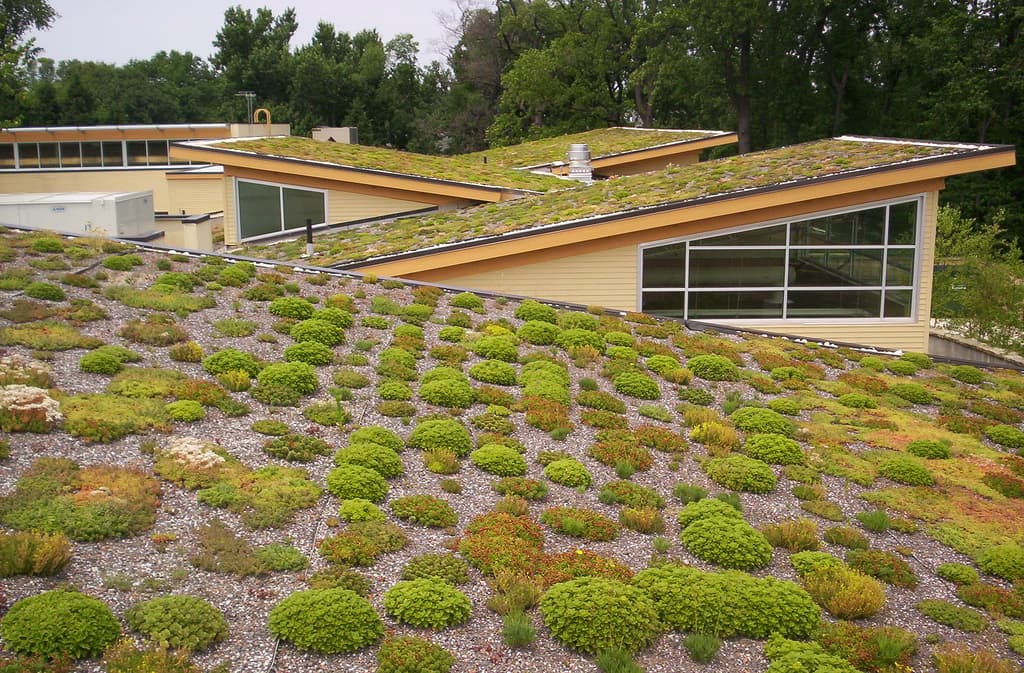
RenoQuotes.com • 07 Nov 2023
As people begin to recognize the effects of their carbon footprint while living in urban environments, the idea of installing a green roof is becoming a popular choice.
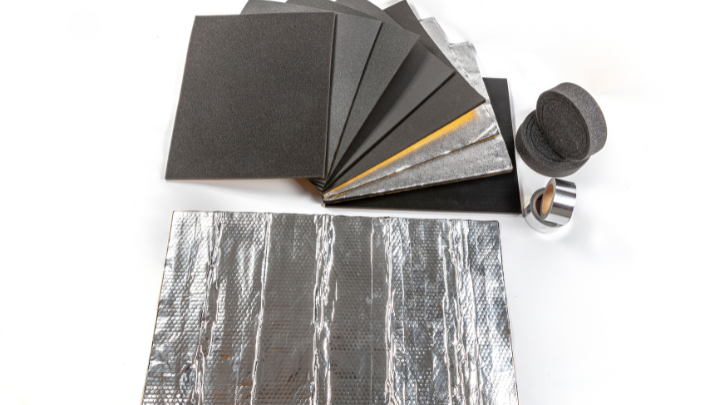
RenoQuotes.com • 28 Feb 2024
While noise is a daily occurrence in every household, it’s nonetheless a fountain of constant inconvenience. Quality acoustic insulation is necessary to ensure all dwellers can benefit from peace and quiet while going about their daily activities without being hindered by other family members’ day-to-day routines.
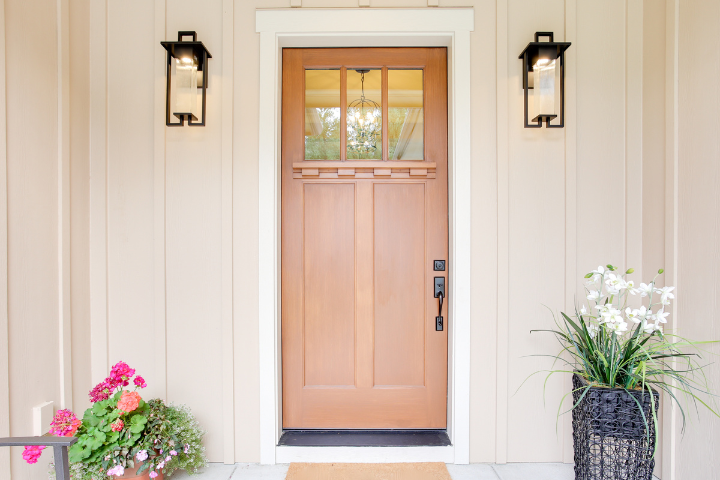
RenoQuotes.com • 28 Feb 2024
Your house was built like a sealed envelope in which the windows and doors are thermal bridge contributors. It’s through these openings that 25% of the heat inside your home escapes.
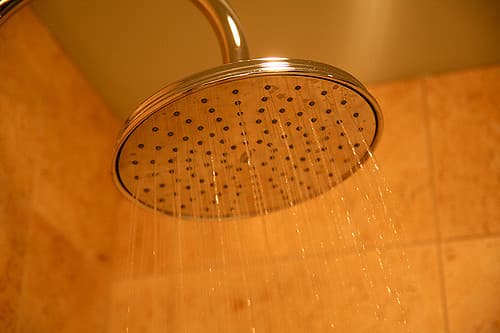
RenoQuotes.com • 07 Nov 2023
Cracked grout, recessed joints, and loose tiles are some of the telltale signs of a leak, but when grout joints darken as a result of mould, and the tiles sink to the touch, it’s about time to act.